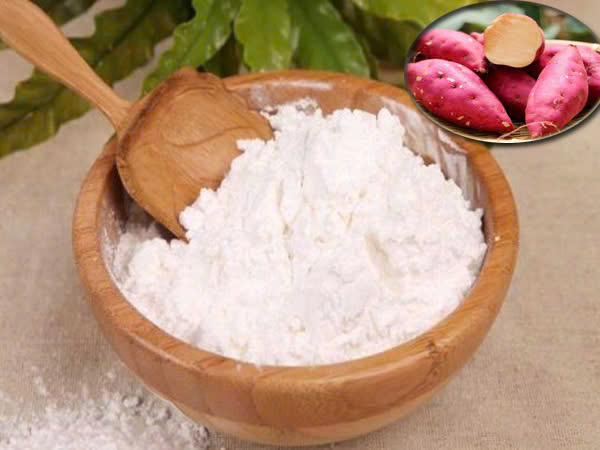In the noodle manufacturing industry, sweet potato starch has become a key ingredient, not only for its versatility but also for its ability to deliver a naturally chewy texture, transparency, and appealing taste. Noodles made from sweet potato starch are especially popular in Asian cuisine, known for their resilience and ability to retain a pleasant, elastic bite even after cooking. Below are five key benefits of using sweet potato starch in noodle production.
1. Creates a Unique, Chewy Texture
One of the standout qualities of sweet potato starch is its ability to produce a naturally chewy, elastic texture in noodles. This characteristic makes the noodles enjoyable to eat while maintaining their springiness even after cooking. It allows manufacturers to create a unique noodle product that meets the global consumer demand for chewy and delicious noodles.
2. Enhances Transparency and Visual Appeal
Compared to other starches, sweet potato starch offers a unique ability to give noodles a translucent appearance, adding an aesthetic appeal. This transparency makes noodles visually pleasing, especially in dishes that require high presentation standards, such as hot pots or stir-fries. The clear texture also enables the noodles to blend harmoniously with other ingredients, enhancing the dish’s overall look and feel.
3. Retains the Natural Flavor of the Dish
Sweet potato starch has a mild taste that allows noodles to maintain their natural flavor and easily absorb the seasonings from broths or sauces. This characteristic ensures that noodles won’t bring any overpowering flavors from the starch itself, highlighting the richness of the accompanying ingredients. For dishes with bold flavors, sweet potato starch noodles are an ideal choice.
4. Maintains Texture Without Breaking During Cooking
Another advantage of sweet potato starch is its durability when exposed to high heat. Noodles made from sweet potato starch are less likely to break or become mushy even if overcooked, which is especially valuable for stir-fried or soup-based dishes. The noodles maintain their shape and desired chewiness, providing a satisfying dining experience.
5. Enhances Nutritional Value
Compared to conventional starches, sweet potato starch offers higher levels of fiber and natural nutrients, which adds nutritional value to the noodle products. The fiber content in sweet potato starch aids digestion and promotes a sense of fullness, aligning with the growing consumer demand for healthier noodle options.
